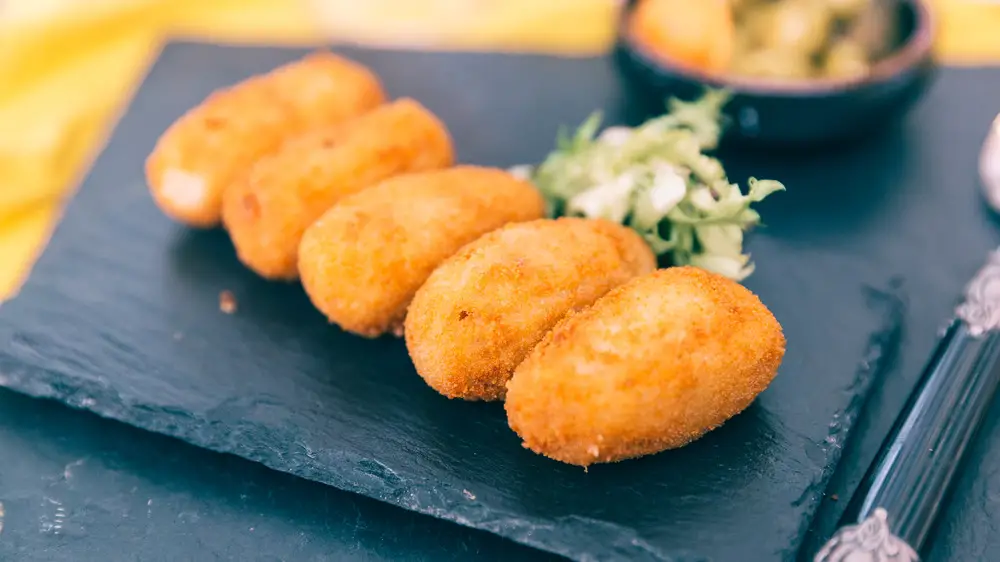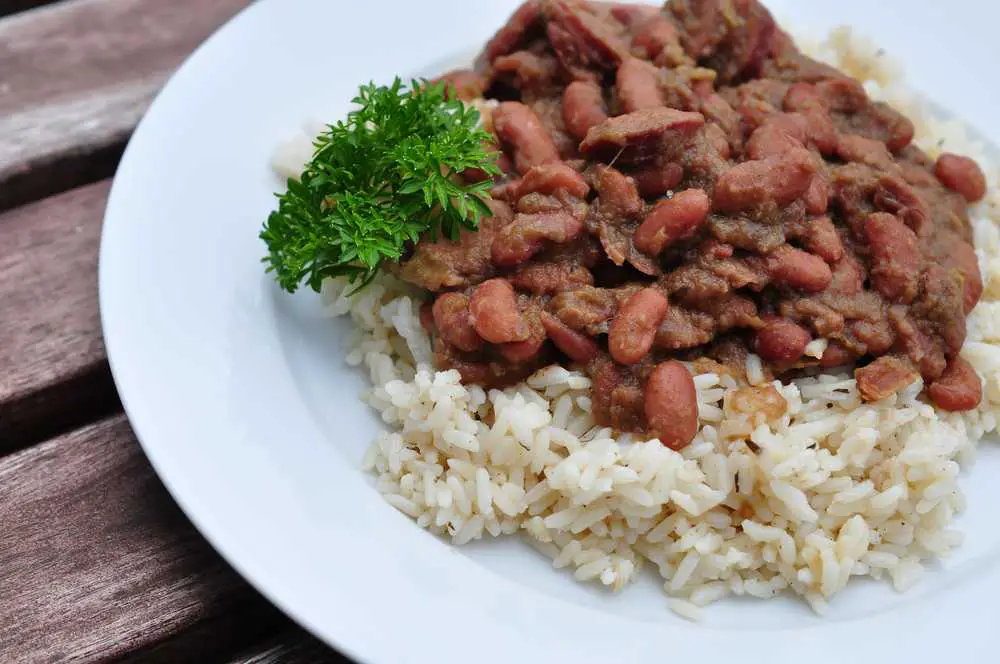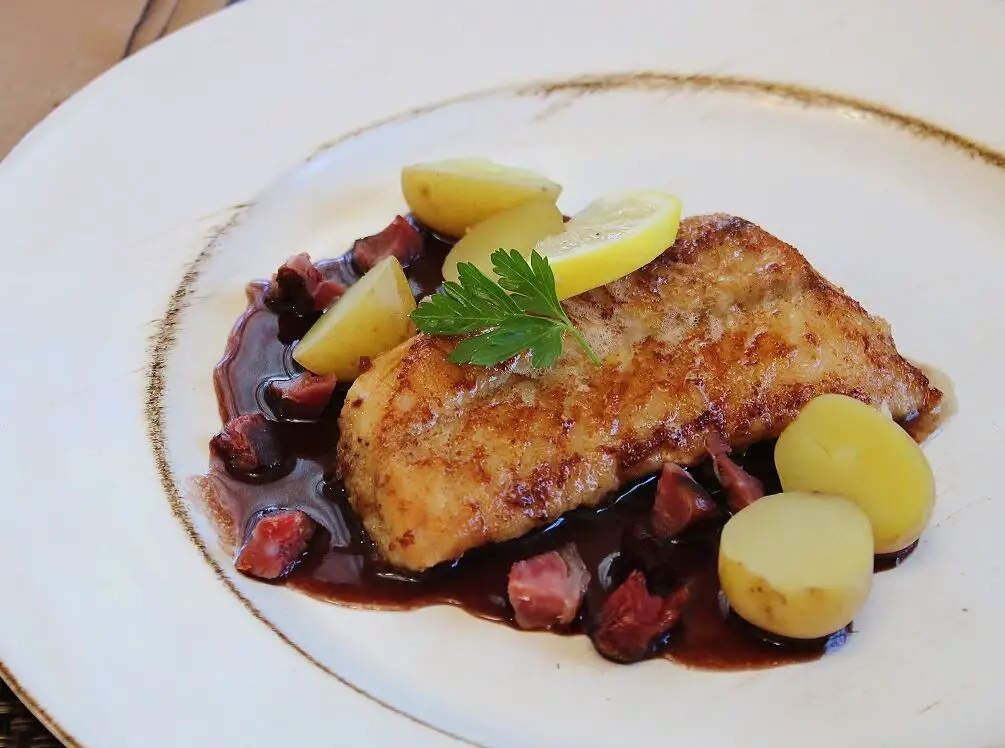Mangoes are undoubtedly one of the most beloved fruits globally, cherished for their sweet, juicy flesh and vibrant tropical flavor. However, for some individuals, the pleasure of indulging in this luscious fruit can quickly turn into discomfort or even danger due to mango allergies. Mango allergies can cause a range of symptoms, from mild itching and digestive issues to severe anaphylactic reactions. In this article, we will delve into mango allergies, their causes, symptoms, and treatments, and explore safe food alternatives for those who cannot enjoy this delicious fruit.
Understanding Mango Allergies
Mango allergies are a relatively uncommon but significant concern for those who are sensitive to certain proteins found in the fruit. These allergies can manifest in various ways and may develop at any age. The key allergenic proteins in mangoes are often associated with the skin, pulp, and sap of the fruit.
Causes of Mango Allergies
Mango allergies can be triggered by several factors, including:
Cross-Reactivity: Individuals who are allergic to other fruits, such as cashews or pistachios, may be at a higher risk of developing mango allergies. This is because mangoes belong to the same botanical family (Anacardiaceae) as these nuts and share similar allergenic proteins.
Proteins: The primary allergenic proteins in mangoes include urushiol and profilin. Urushiol is also found in poison ivy and poison oak, and individuals sensitive to it may react to mango skin or sap. Profilin is a pan-allergen found in various fruits, and cross-reactivity with mangoes can occur.
Oral Allergy Syndrome: Some people may experience mild symptoms like itching and swelling of the lips, tongue, and throat when consuming raw mangoes. This condition is known as oral allergy syndrome and is typically linked to cross-reactivity with pollen allergens.
Symptoms of Mango Allergies
Mango allergy symptoms can vary in severity and may include:
Skin reactions: Itchy skin, hives, or eczema upon contact with mango skin or sap.
Gastrointestinal issues: Nausea, vomiting, diarrhea, or abdominal pain after eating mangoes.
Respiratory problems: Coughing, wheezing, or shortness of breath.
Anaphylactic reactions: In severe cases, mango allergies can trigger life-threatening symptoms, such as swelling of the throat, difficulty breathing, a drop in blood pressure, and anaphylactic shock.
Diagnosis and Treatment
If you suspect a mango allergy, it’s essential to consult an allergist for a proper diagnosis. Allergy testing, including skin prick tests and blood tests, can help identify specific allergens. Treatment options for mango allergies include:
Avoidance: The most effective way to manage mango allergies is to avoid all forms of mango products, including fresh fruit, mango juice, dried mango, and mango-containing dishes.
Medications: Over-the-counter antihistamines may help relieve mild allergy symptoms. Individuals with severe allergies may require epinephrine auto-injectors for emergency use.
Safe Food Alternatives for Mango Allergy Sufferers
Living with a mango allergy doesn’t mean you have to miss out on the flavors and nutrients of tropical fruits. There are plenty of safe food alternatives that can provide a similar taste experience without the risk of allergic reactions.
Papaya
Papayas, also known as papaws or pawpaws, are tropical fruits that share a mild sweetness and tropical aroma with mangoes. They are rich in vitamin C, vitamin A, and dietary fiber. Papaya can be enjoyed fresh, added to fruit salads, or blended into smoothies.
Pineapple
Pineapples offer a tangy-sweet flavor and are a great substitute for mangoes in fruit salads, salsas, and desserts. They are a good source of vitamin C, manganese, and bromelain, an enzyme with potential digestive benefits.
Cantaloupe
Cantaloupes, with their juicy, orange flesh, are another safe choice for mango allergy sufferers. They are low in calories and high in vitamins A and C. Try cantaloupe in fruit platters, salads, or as a refreshing snack.
Dragon Fruit
Dragon fruit, also known as pitaya, is a visually stunning tropical fruit with a mildly sweet flavor and crunchy texture. It’s rich in vitamin C, fiber, and antioxidants. Dragon fruit can be sliced and eaten on its own or added to smoothie bowls.
Bananas
Bananas are widely available and can be an excellent substitute for mangoes in smoothies, baking, and desserts. They are a good source of potassium, vitamin B6, and dietary fiber.
Guava
Guavas are tropical fruits that offer a unique flavor profile with a combination of sweetness and tartness. They are packed with vitamin C, fiber, and various antioxidants. Guavas can be eaten fresh or used to make juices and jams.
Kiwi
Kiwis are small, green fruits with vibrant green flesh and tiny black seeds. They have a sweet-tart flavor and are rich in vitamin C, vitamin K, and dietary fiber. Kiwis can be consumed as a snack or added to fruit salads.
Mango allergies can be a challenging obstacle for individuals who love tropical fruits. However, by understanding the causes, symptoms, and treatments of mango allergies and exploring safe food alternatives, mango allergy sufferers can continue to enjoy a wide variety of delicious and nutritious fruits without compromising their health. Whether it’s papaya, pineapple, cantaloupe, or other tropical delights, there are plenty of options to savor the flavors of the tropics safely.
Cooking and Baking with Mango Allergies
For those who enjoy experimenting with recipes and cooking, mango allergy doesn’t have to mean the end of culinary creativity. You can still create mouthwatering dishes without using mangoes. Here are some tips for cooking and baking with mango allergies:
Substituting Mango in Recipes
Peaches: In many recipes that call for mango, peaches can be an excellent substitute. They share a similar texture and sweetness level. You can use sliced canned peaches or fresh peaches depending on the recipe.
Apricots: Apricots, whether fresh or dried, can replace mango in various dishes. They have a sweet and slightly tart flavor that can mimic the taste of mangoes.
Pineapple: Pineapple chunks or crushed pineapple can be used in both sweet and savory dishes as an alternative to mango. Pineapple’s tangy-sweet flavor can add a tropical twist to your recipes.
Berries: If you’re making desserts or smoothies, consider using berries like strawberries, blueberries, or raspberries to add a burst of fruity flavor without mango.
Fruit Compotes and Sauces
Create fruit compotes or sauces using allergy-friendly fruits such as strawberries, blueberries, or apples. Simmer them with a bit of sugar and water to create a sweet sauce that can be drizzled over pancakes, waffles, or ice cream.
Mango-Free Salsas
Mango salsa is a popular condiment, but you can make a delicious alternative using ingredients like diced pineapple, papaya, or strawberries mixed with onions, cilantro, lime juice, and a touch of jalapeño for a sweet and spicy twist.
Desserts without Mango
When baking desserts, substitute mango with other fruits. For example, you can make a berry crumble, apple pie, or peach cobbler in place of mango-based desserts.
Smoothie Blends
Create refreshing smoothies with a blend of safe fruits like pineapple, strawberries, and kiwis. Add yogurt or dairy-free alternatives and a touch of honey or agave syrup for sweetness.
Fruit Parfaits
Layer yogurt, granola, and your choice of allergy-friendly fruits in a glass to create a delicious fruit parfait. Berries, peaches, or apricots work well for this.
Mango allergies may limit your options, but they don’t have to limit your culinary experiences or nutritional intake. By substituting mango with other safe fruits and experimenting with various recipes, you can continue to enjoy a diverse and delicious diet. Remember to always read food labels carefully, inform restaurant staff about your allergies, and consult with a healthcare professional or allergist for personalized advice on managing your mango allergy.
In conclusion, mango allergies can present challenges, but they should not overshadow your love for food and exploration of new flavors. With awareness, creativity, and a willingness to adapt, you can navigate the world of cuisine safely and continue to enjoy a rich and diverse range of delicious foods. So, whether you’re dining out, cooking at home, or trying new recipes, embrace the alternatives and savor every bite without the worry of mango-related allergies.


















